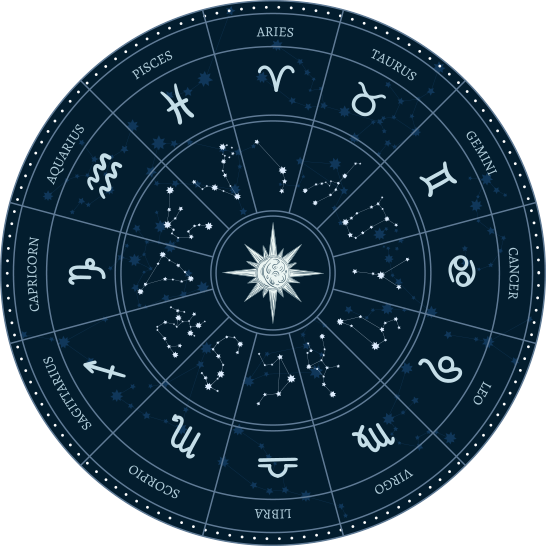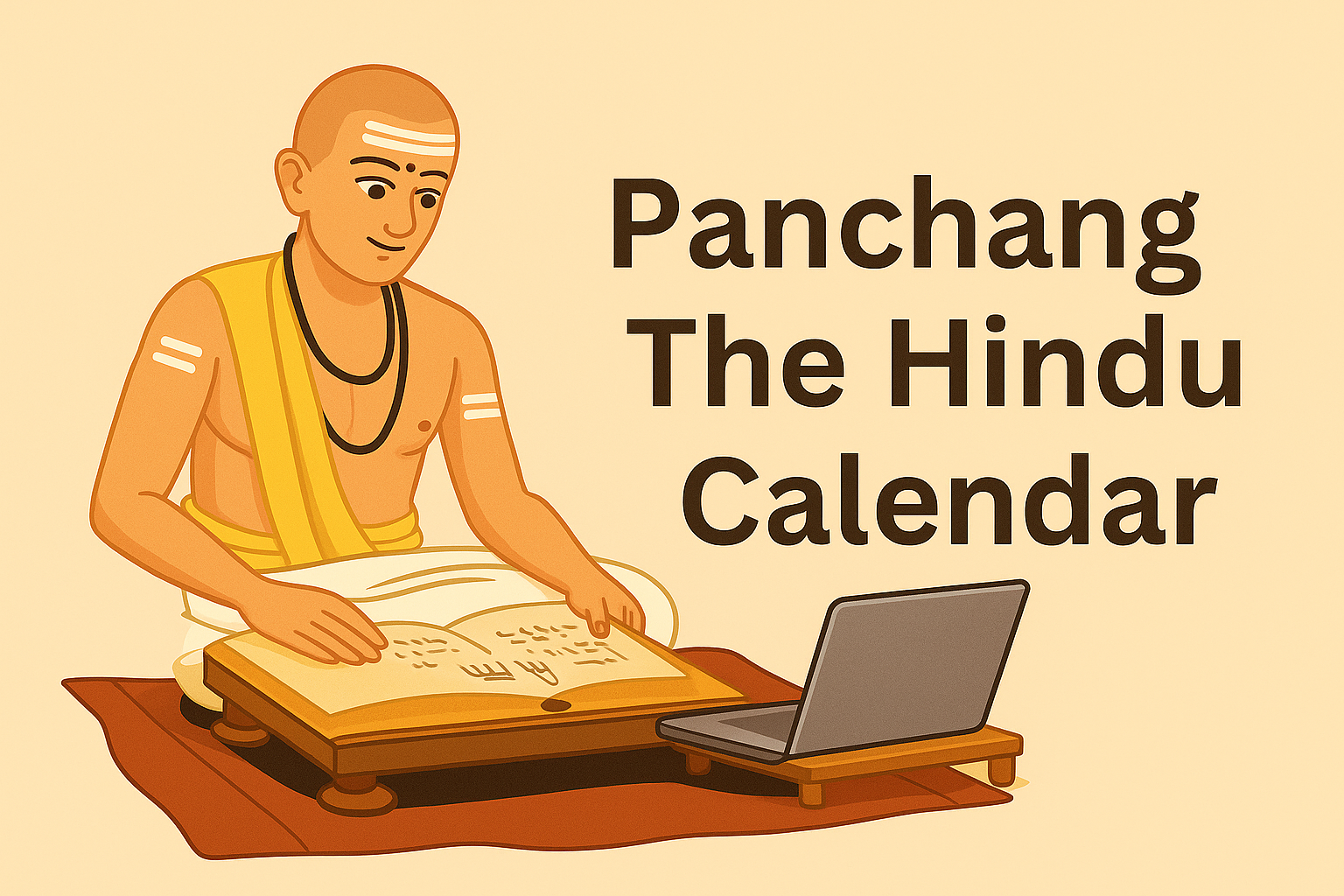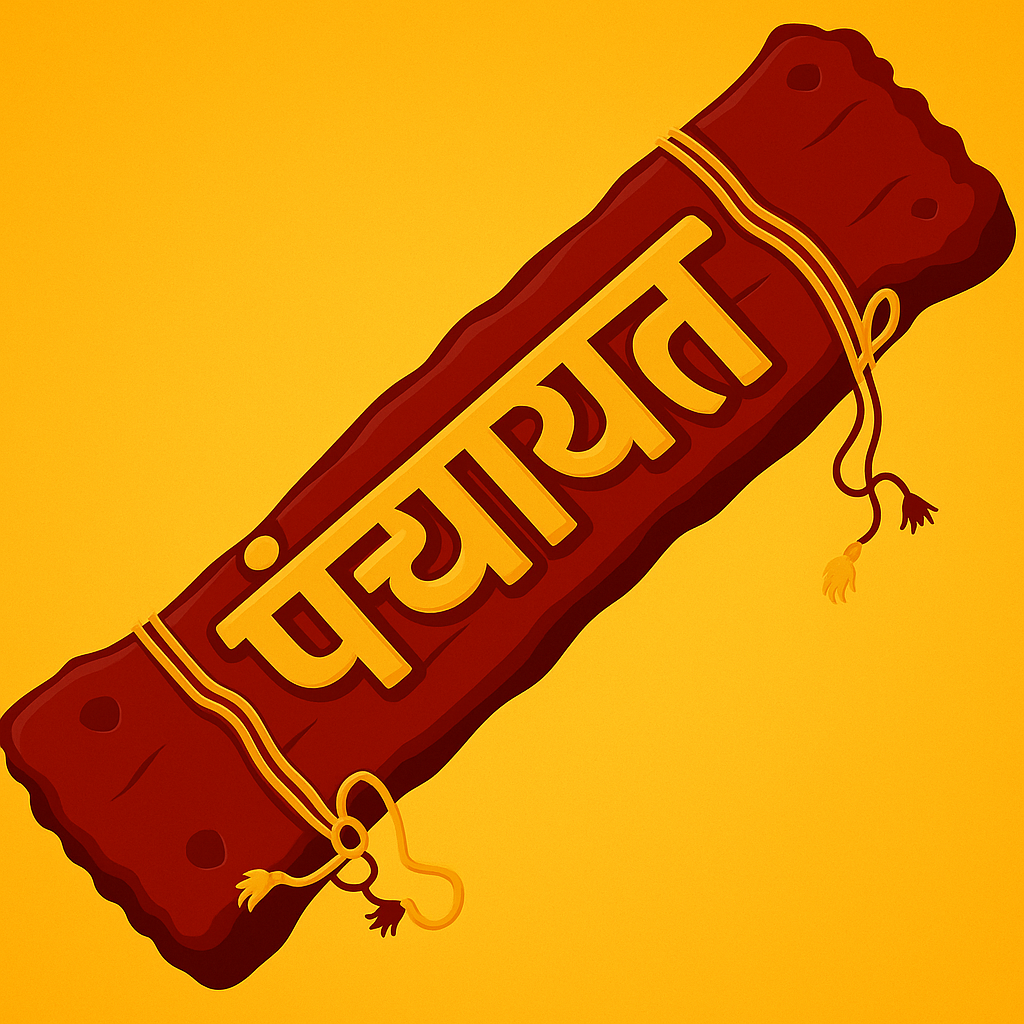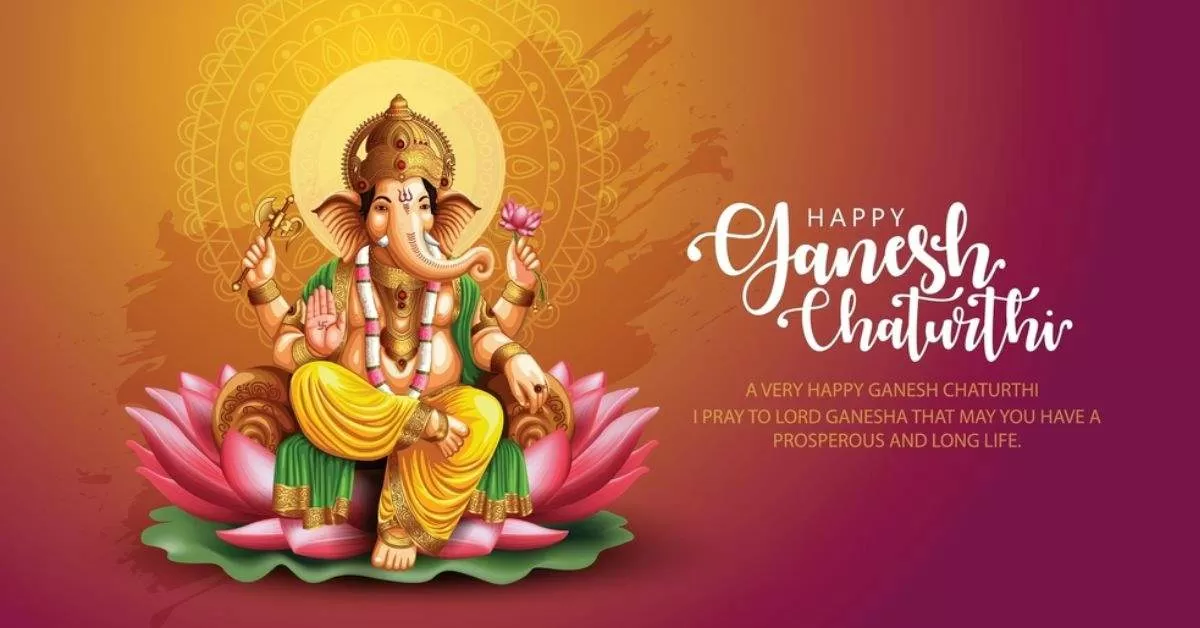Panchang Hindu Calendar: The Sacred Wisdom of Hindu Timekeeping
Panchang, also spelled Panchanga, is the traditional Hindu calendar that plays a vital role in the religious, spiritual, and daily life of Hindus. Derived from Sanskrit, the word “Panchang” is a combination of “Pancha” meaning five, and “Anga” meaning limbs or parts. Therefore, Panchang refers to the five key elements that make up the Hindu calendar and are essential for determining the most auspicious times for rituals, festivals, ceremonies, and daily activities.Panchang Hindu Calendar
The Five Elements of Panchang
- Tithi (Lunar Day)
- Tithi is the date or lunar day in the Hindu calendar. It is based on the angle between the sun and the moon. There are 30 tithis in a lunar month, divided into two phases: Shukla Paksha (waxing phase) and Krishna Paksha (waning phase). Each tithi has its own significance and is linked with different deities and rituals.
- Vara (Day of the Week)
- Vara refers to the day of the week and is named after celestial deities: Ravivara (Sunday – Sun), Somavara (Monday – Moon), Mangalavara (Tuesday – Mars), Budhavara (Wednesday – Mercury), Guruvāra (Thursday – Jupiter), Shukravara (Friday – Venus), and Shanivara (Saturday – Saturn).
- Nakshatra (Lunar Constellation)
- The moon travels through 27 (sometimes 28) nakshatras or lunar constellations in its monthly cycle. Each nakshatra represents a specific star cluster and carries unique qualities that influence human behavior, nature, and destiny. These nakshatras are central to Vedic astrology.
- Yoga (Luni-Solar Combination)
- Yoga is a specific combination calculated from the positions of the sun and moon. There are 27 yogas, and each has a name and characteristics. Some yogas are considered auspicious, while others are inauspicious. This influences the suitability of the day for various tasks.
- Karana (Half Tithi)
- A Karana is half of a Tithi. There are 11 different Karanas, and like Tithis, they also affect the outcome of activities. For instance, Bava, Balava, and Kaulava are considered good for starting new ventures, while Vishti (Bhadra) is often avoided for auspicious activities.
Importance of Panchang in Hindu Life
Panchang is not just a calendar but a guide to understanding the rhythm of nature and aligning human life with cosmic patterns. It is used for:
- Choosing Auspicious Timings (Muhurta): Panchang helps identify Shubh Muhurat (auspicious times) for marriages, housewarming, naming ceremonies, and other significant life events.
- Planning Rituals and Festivals: All major Hindu festivals like Diwali, Holi, Navratri, and Raksha Bandhan are determined based on Panchang.
- Astrological Predictions: Astrologers use Panchang to create horoscopes (Kundli) and make predictions about an individual’s life, career, health, and relationships.
- Daily Guidance: Many people consult the Panchang daily to determine the best times for travel, business deals, spiritual practices, and personal decisions.Panchang Hindu Calendar
Regional Variations in Panchang
Different regions of India follow slightly different versions of Panchang based on local traditions and astronomical calculations. For example:
- North Indian Panchang: Commonly follows the Vikram Samvat.
- South Indian Panchang: Based on the Shalivahana Shaka calendar.
- Tamil Panchangam: Used in Tamil Nadu with distinct month names and local customs.
Despite these differences, the fundamental structure of the Panchang remains the same.
Modern Relevance of Panchang
In the age of technology, Panchang has seamlessly integrated into digital platforms. Numerous websites and mobile apps now provide daily Panchang updates, personalized horoscopes, and festival alerts, making this ancient system easily accessible to modern users.
The Panchang also continues to play a central role in Indian weddings, temple rituals, and cultural ceremonies, proving its lasting significance in both spiritual and secular contexts.
Scientific Basis and Astronomical Accuracy
While Panchang is deeply rooted in spiritual tradition, it is also based on precise astronomical calculations. The positions of celestial bodies are tracked with remarkable accuracy, often aligning with modern astronomy. This harmony between faith and science is one of the reasons for Panchang’s enduring credibility.
Conclusion
The Panchang is much more than a traditional calendar—it is a living document that harmonizes human life with the cosmic order. Whether used for selecting auspicious dates, understanding astrological influences, or simply honoring cultural heritage, Panchang remains a timeless guide in the Hindu way of life. Its combination of spirituality, science, and practical utility continues to make it relevant and respected in both traditional and contemporary India.
As we navigate modern life, the Panchang offers not only direction but a deeper connection to time, nature, and the universe itself.Panchang Hindu Calendar
Note: We are also on WhatsApp, Instagram, , Twitter, and Pinterest to get the latest news updates, Subscribe to our Channels. WhatsApp – Click Here,Instagram – Click Here and Twitter – Click here, Website – rashitimes












XMC.PL
September 19, 2025 at 11:20 am
Your writing doesn’t just tell a story; it invites the reader to live within it.